Originally Posted At: https://breakingmuscle.com/feed/rss
Whether you call it conditioning, metcon, or plain old “cardio,” some type of cardiovascular training is necessary to achieve results you can’t replicate with standard weight training alone. While there are plenty of programming options, cardiovascular training essentially boils down to one of two camps.
The first is steady-state cardio training, where a single speed or intensity is maintained for the entirety of the workout without resting, The other is interval training, which alternates periods of work with periods of rest.
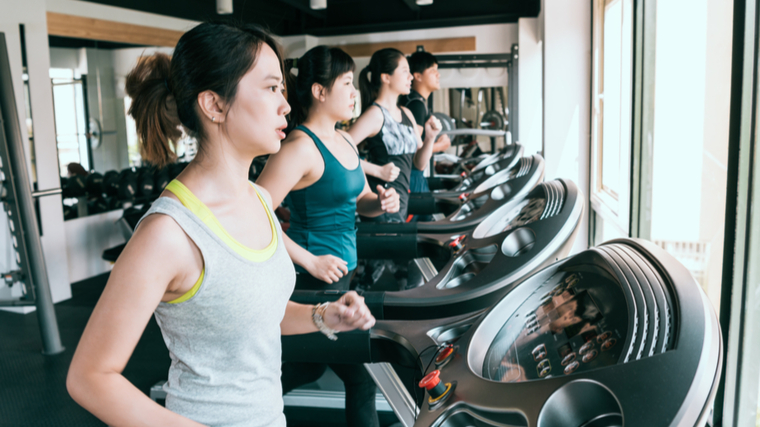
One unique type of interval training may actually deliver better results in less time. (1) Specifically, we’re talking about HIIT — high intensity interval training. It’s a particular training protocol that alternates periods (or “intervals”) of high effort followed by periods of recovery for the duration of the workout.
A critical element of HIIT workouts are those first two words. High. Intensity. For best results, aim to apply something close to maximum effort in each work period, not simply something that “feels hard.”
Many generic HIIT workouts you see on the internet are “intense” because of short rest periods and insufficient recovery, rather than requiring high intensity output during the work intervals. This short rest/high volume approach can have its place in a workout routine, but it’s just interval training. It’s not going to give you the same outcome as following these truly high intensity workouts.
Perform these workouts no more than three days per week. If you can perform them on consecutive days without rest, reconsider how much “high intensity” you’re really putting into each interval.
The Best HIIT Workouts
- With One Dumbbell
- With One Kettlebell
- EMOM HIIT
- With Bodyweight, Lower Body
- With Bodyweight, Upper Body
One-Dumbbell HIIT Workout
This workout is done for time using an AMRAP approach which, in this case, stands for As Many Rounds As Possible. Start a timer immediately before performing the first rep of the first exercise. Instead of performing strict “sets,” work through the series of exercises continually until the timer ends.
The full-body workout follows a specific sequence: One lower body exercise, one upper body exercise, and finally an ab exercise. This structure lets you move non-stop while also allowing the involved muscle groups to get some rest before you have to repeat an exercise. This is how you keep the overall training intensity high throughout the entire session.
Goblet Squat
- How to Do it: Hold the dumbbell in front of your chest with both hands supporting one side of the weight. Pull your shoulders back and maintain an upright torso as you squat down by bending at both the hips and the knees. The goblet position keeps your torso relatively vertical and allows you to achieve a deeper squat position. Make sure your head and shoulders rise first as you stand up. Throughout the exercise, keep your elbows near your ribs and keep the weight near your chest.
- Sets and Reps: 12 reps
- Rest time: No rest before moving to the next exercise.
Single-Arm Floor Press
- How to Do it: Lie on the ground holding the dumbbell in one arm. Extend that arm above your chest in a locked out position. Bend your legs and brace your feet flat on the floor. Lower the weight as if performing a dumbbell bench press. Keep your upper arm at an angle roughly halfway between your feet and shoulders. Use a controlled speed to avoid bouncing your arm off of the ground.
- Sets and Reps: 5 reps per arm, 10 total reps
- Rest time: No rest before moving to the next exercise.
Alternating Jackknife Raise
- How to Do it: Lie on the ground with your legs extended straight and your arms by your sides. Raise one leg while reaching the opposite arm above your body until your hand and foot meet. This will require a total-body sit-up motion. Alternate sides with each repetition: left foot meeting right hand, right hand meeting left foot, etc.
- Sets and Reps: 4 reps per side, 8 total reps
- Rest time: No rest before returning to the first exercise. After three minutes of continuous work, rest for one minute. Perform a total of two “sets” of three minutes.
One-Kettlebell HIIT Workout
Many exercises can be performed interchangeably with either a dumbbell or a kettlebell. However, the kettlebell’s unique shape and offset center of mass make it the preferred choice for certain exercises. This workout uses a kettlebell, specifically, to improve muscle recruitment and increase explosive output. It should be done for time using an AMRAP approach — as many rounds as possible.
Goblet Clean
- How to Do it: This dynamic movement brings the weight from the floor to the goblet position, near chin-level, in one powerful motion. Stand with your feet shoulder-width apart and the kettlebell set between them. Squat down and grab the top of the kettlebell with both hands using a palms-down grip. Maintain a neutral spine as you explosively stand up while pulling the kettlebell to chest-height. As the weight passes above your hips, quickly transition both hands to the “horns” of the kettlebell (the handle stems on either side). Stabilize your body in the upright position, with the weight held just below your chin, before reversing the process to lower the weight.
- Sets and Reps: 12 reps
- Rest time: No rest before moving to the next exercise.
Single-Arm Push Press
- How to Do it: Stand with your feet slightly wider than shoulder-width. Hold the kettlebell in one arm, with your hand near the front of your shoulder and the “ball” of the kettlebell supported along your forearm. Dip down a few inches into a short-range squat and use your body as a spring to generate force as you stand up while pressing the weight to lockout overhead. Slowly lower the weight to the starting position. Repeat all reps for one arm before switching sides.
- Sets and Reps: 5 reps per arm, 10 reps total
- Rest time: No rest before moving to the next exercise.
Straight-Arm Sit-Up
- How to Do it: Lie on the ground with your legs bent and your feet flat. Extend your arms overhead with the backs of your hands touching the ground. Perform a full range of motion sit-up, bringing your chest to meet your knees. As you rise up, bring your arms from overhead to straight out in front of your chest. In the top position, your elbows should be near your knees. Reverse the motion to return to the starting position.
- Sets and Reps: 8 reps
- Rest time: No rest before returning to the first exercise. After three minutes of continuous work, rest for one minute. Perform a total of two “sets” of three minutes.
EMOM HIIT Workout
EMOM training is an intense, time-based protocol which typically requires performing one set of an exercise every minute on the minute. Generally, you have 60 seconds to complete a given number of repetitions. The only rest time is the remainder of that minute, because the next “set” will begin at the start of the next minute. This intense training method incentivizes you to work harder and faster so you can get more rest.
While the most common EMOM uses one-minute periods, you can adapt the method to almost any timeframe. This allows you to perform a higher volume of work with more reps per exercise and/or more exercises per workout. The goal is still to complete each work phase as quickly and efficiently as possible so that you can get enough rest to maintain your performance in the upcoming rounds.
In this HIIT workout — “E4MO4M” or “every four minutes on the four minutes” — you have four minutes to complete all of the work below. You can use different weights for each exercise to keep the reps challenging, but pre-arrange the weights before starting the workout to save time.
The goal is to finish all 102 repetitions in three to three-and-a-half minutes so you can get some rest before starting the next set. Perform three to five total circuits — a 12 to 20-minute workout.
- Single-arm dumbbell row: 15 reps per arm, 30 reps total
- Single-arm clean: 12 reps per arm, 24 reps total
- Single-arm push press: 10 reps per arm, 20 reps total
- Goblet squat: 16 reps
- Alternating reverse lunge: 6 reps per leg, 12 reps total
Bodyweight HIIT Workout
Bodyweight HIIT workouts can be surprisingly effective. By removing any external load, you reduce the likelihood of raw strength being a limiting factor and you can focus on technique and straightforward effort.
Many bodyweight exercises can be programmed with speed and intensity for a HIIT workout. Here are two ways to blast your upper and lower body.
Lower Body HIIT Workout
This is a relatively advanced workout for lifters who’ve mastered basic technique and can safely perform plyometric jumps quickly, explosively, and safely. Less-experienced lifters can choose an alternative exercise like alternating lunges.
Air Squat
- How to Do it: Stand with your feet slightly wider than shoulder-width. Drop into a squat position, with your thighs roughly parallel to the floor. Keep your hands near your chest and upper body roughly vertical. Quickly return to the starting position. Keep your feet on the ground throughout the exercise.
- Sets and Reps: Perform continuous repetitions for 20 seconds, ideally reaching 18 to 22 reps.
- Rest time: No rest before moving to the next exercise.
Jump Squat
-
- How to Do it: Stand with your feet slightly wider than shoulder-width. Squat down partially, with your thighs above parallel. Let your hands drop down to your side. Bring your arms up near chest-height as you stand up explosively and jump into the air. Soften your landing by catching yourself in a squat and smoothly transition to the next repetition.
- Sets and Reps: Perform continuous repetitions for 20 seconds, ideally reaching 10 to 12 reps.
- Rest time: No rest before moving to the next exercise.
Squat Hold
- How to Do it: Bring your hands to chest-height and lower your body into a deep squat position. Your thighs should be at least parallel to the ground, or deeper if possible. Actively push your feet into the floor and engage your glutes and core to remain stationary. Maintain an upright torso. Don’t lean forward as you fatigue. Your muscles will be on fire as they work to hold the position. Embrace the burn.
- Sets and Reps: Hold the position for 20 seconds.
- Rest time: No rest before returning to the first exercise. Complete two consecutive sets. Advanced lifters can rest one minute before performing a third set. Extremely advanced lifters should aim for three consecutive sets.
Upper Body HIIT Workout — 55’s
This workout uses the countdown method for an extremely efficient HIIT workout — lots of work, minimal rest. It is often used in a circuit of two or three exercises, to give each muscle group slight recovery for optimal performance.
To perform the countdown method: Complete 10 repetitions of the first exercise, then immediately complete 10 repetitions of the second. Immediately do nine reps of the first exercise, then nine reps of the second, followed by eight reps of the first, and eight of the second, etc. Continue all the way down to one rep of each to complete a total of 55 reps of each exercise.
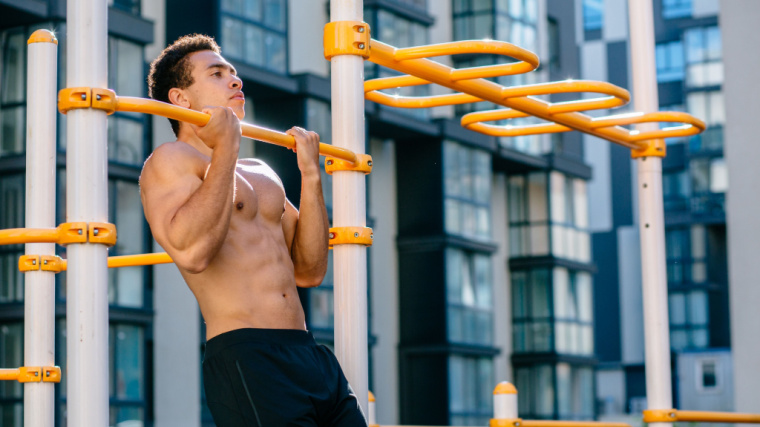
Be sure to time how long it takes to do the workout. The progression goal is to complete the same workout faster each time you repeat it. This also creates a competitive environment and personal challenge to keep your intensity high.
Push-Up
- How to Do it: Support your body on your toes and hands, with your hands set slightly outside shoulder-width. While keeping a straight line from your neck to your ankles during each rep, bend your elbows to lower your entire body, and press to full lockout. To reduce shoulder joint strain, aim your elbows more towards your feet than your shoulders.
- Sets and Reps: Countdown method, 10 to one reps.
- Rest time: No rest before moving to the next exercise.
Chin-Up
- How to Do it: Grab an overhead chin-up bar using a palms-up grip with your hands roughly shoulder-width apart. Pull your body up until your chin or neck is in-line with your hands. Lower yourself under control until your arms are almost fully extended. Don’t allow your shoulders to shrug up in the bottom (stretched) position. Maintain a tight core to prevent any leg swinging.
- Sets and Reps: Countdown method, 10 to one reps.
- Rest time: No rest before returning to the first exercise.
HIIT for Fat Loss, Conditioning, or Both?
HIIT Workouts are often used as part of a fat loss plan. Fat loss occurs when you create a calorie deficit by consistently burning more energy than you consume. Various types of exercise can contribute to increasing energy expenditure, but it’s much less than you think. Over-focusing on exercise has been shown to be less effective for fat loss than using a more well-rounded approach that combines goal-focused nutrition and training. (2)
The main benefit of fat loss workouts is the maintenance of muscle mass, so that when you do lose weight, the majority of that loss comes from body fat. In order to stimulate muscle preservation, you need to work your muscles close to failure, and HIIT workouts are an effective and efficient way to do that in a short period of time.
HIIT Workouts can also be used to improve conditioning or endurance, as well as general cardiovascular health. HIIT workouts have consistently been shown to be as effective as other cardio training methods when it comes to improving general conditioning and multiple cardiovascular health markers.(3)(4)
Time to HIIT It
HIIT training can be an extremely effective and (relatively) enjoyable part of any training plan. When paired with appropriate nutrition and combined with structured strength training and some low-to-moderate intensity aerobic (steady-state) training, you end up with a comprehensive training program and should be able to see improvements in performance and body composition. The key to HIIT training is to always remember what it stands for. You can’t avoid putting the high intensity into your high intensity interval training.
References
- Ito S. High-intensity interval training for health benefits and care of cardiac diseases – The key to an efficient exercise protocol. World J Cardiol. 2019 Jul 26;11(7):171-188. doi: 10.4330/wjc.v11.i7.171. PMID: 31565193; PMCID: PMC6763680.
- Johns, D. J., Hartmann-Boyce, J., Jebb, S. A., Aveyard, P., & Behavioural Weight Management Review Group (2014). Diet or exercise interventions vs combined behavioral weight management programs: a systematic review and meta-analysis of direct comparisons. Journal of the Academy of Nutrition and Dietetics, 114(10), 1557–1568. https://doi.org/10.1016/j.jand.2014.07.005
- Bacon AP, Carter RE, Ogle EA, Joyner MJ (2013) VO2max Trainability and High Intensity Interval Training in Humans: A Meta-Analysis. PLOS ONE 8(9): e73182. https://doi.org/10.1371/journal.pone.0073182
- Batacan RB, Duncan MJ, Dalbo VJ, et alEffects of high-intensity interval training on cardiometabolic health: a systematic review and meta-analysis of intervention studiesBritish Journal of Sports Medicine 2017;51:494-503.
Featured Image: Teerasan Phutthigorn / Shutterstock
The post The Best HIIT Workouts With Bodyweight, With Kettlebells, and More appeared first on Breaking Muscle.







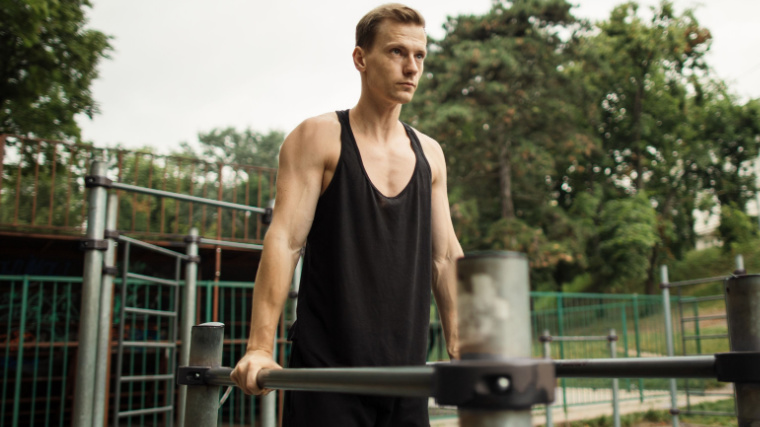
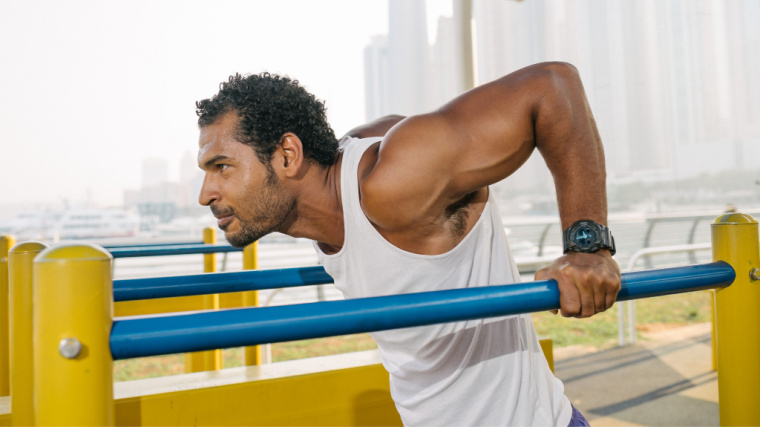
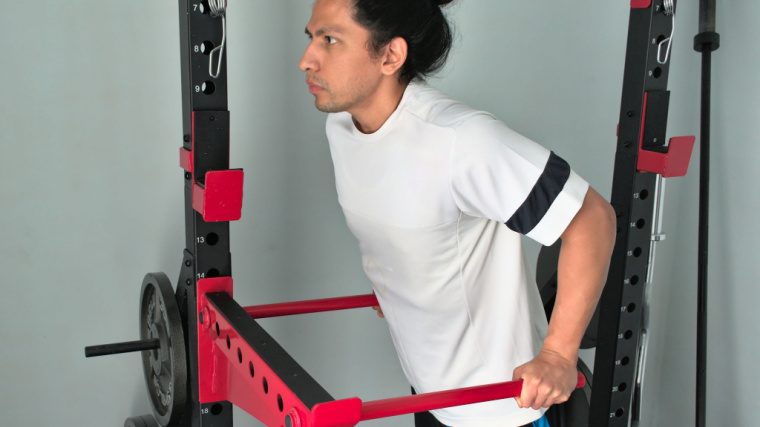
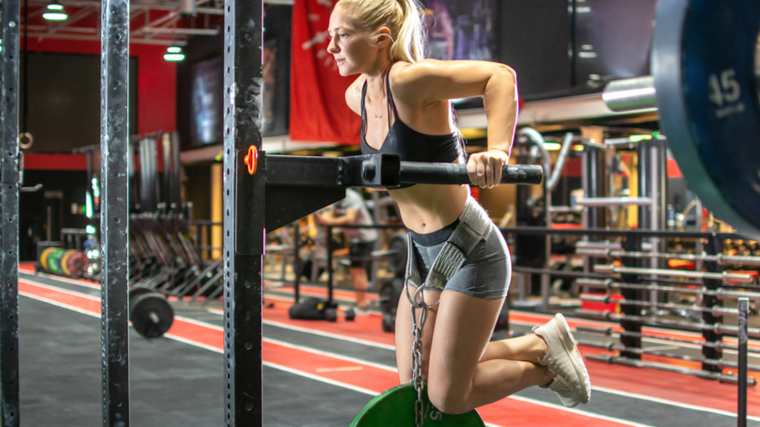

 (@suhoruchko)
(@suhoruchko) Eggplant on the grill is such a simple and delicious side dish! In this recipe, we salt the eggplant to help remove some of the water and moisture from the slices so that you get a flavorful bite that’s crispy on the outside and tender on the inside. Enjoy the eggplant as is with a sprinkle of fresh herbs, or drizzle on balsamic vinegar, tahini sauce or Primal Kitchen Italian Dressing or Balsamic Vinaigrette.
Eggplant on the grill is such a simple and delicious side dish! In this recipe, we salt the eggplant to help remove some of the water and moisture from the slices so that you get a flavorful bite that’s crispy on the outside and tender on the inside. Enjoy the eggplant as is with a sprinkle of fresh herbs, or drizzle on balsamic vinegar, tahini sauce or Primal Kitchen Italian Dressing or Balsamic Vinaigrette.



 For now classes are 6pm and 640pm at 2840 Wildwood st in the Boise Cloggers studio.
Book your class NOW!
click this ==>
For now classes are 6pm and 640pm at 2840 Wildwood st in the Boise Cloggers studio.
Book your class NOW!
click this ==>








